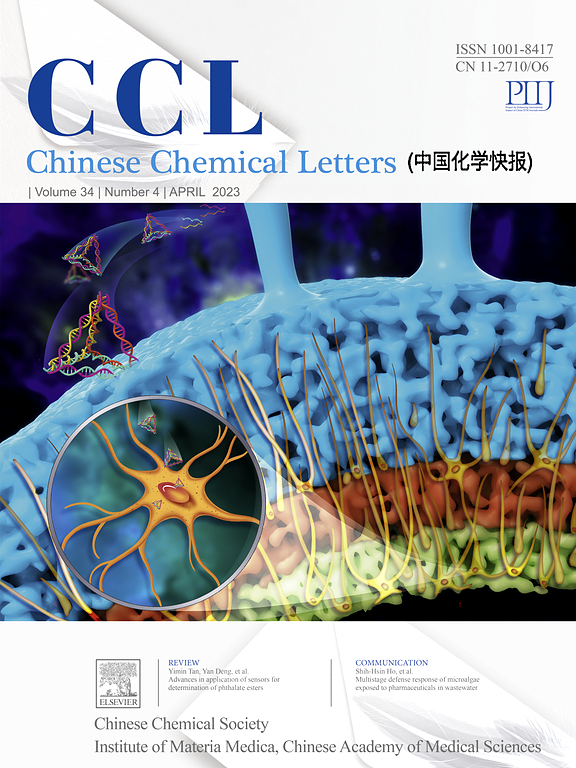Electrotunable interfacial friction: A brief review
IF 9.4
1区 化学
Q1 CHEMISTRY, MULTIDISCIPLINARY
引用次数: 0
Abstract
Using different external stimuli to control interfacial friction, rather than just pursuing low friction, is a highly attractive research regime due to its economic and scientific importance. One option to achieve such a goal is to use external stimuli that modulate the energy dissipation pathways. In particular, electric stimuli such as surface potential has gained remarkable interest for two reasons: Electrotunable friction has the potential for real-time, in situ manipulation of friction, and external electric stimuli is relatively easy to apply and to remove for reversible change. In this review, we explore the emerging research area of electrotunable friction mainly under the boundary lubrication situation, when the contacting surfaces are separated by a molecularly thin layer, reviewing typical achievements from experiments using electrochemical atomic force microscopy and modified surface force balances, as well as molecular dynamics simulations. Additionally, we explore the theoretical and practical challenges that may need to be tackled in the future.

求助全文
约1分钟内获得全文
求助全文
来源期刊

Chinese Chemical Letters
化学-化学综合
CiteScore
14.10
自引率
15.40%
发文量
8969
审稿时长
1.6 months
期刊介绍:
Chinese Chemical Letters (CCL) (ISSN 1001-8417) was founded in July 1990. The journal publishes preliminary accounts in the whole field of chemistry, including inorganic chemistry, organic chemistry, analytical chemistry, physical chemistry, polymer chemistry, applied chemistry, etc.Chinese Chemical Letters does not accept articles previously published or scheduled to be published. To verify originality, your article may be checked by the originality detection service CrossCheck.
 求助内容:
求助内容: 应助结果提醒方式:
应助结果提醒方式:


